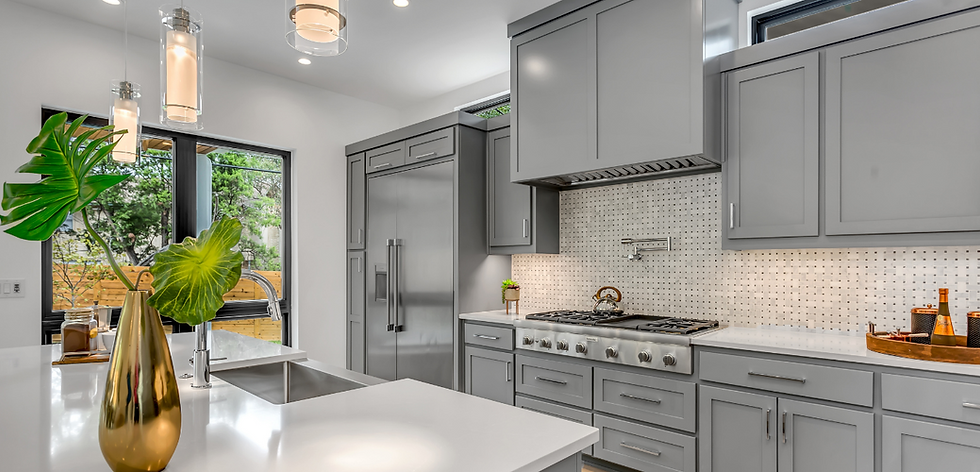Tired of your slow internet, maybe this will help!
- Derek Veldhouse Real Estate

- Mar 10, 2021
- 3 min read

1. Check your signal
Call the internet service provider and have them evaluate your home signal level — the decibel level of internet being transmitted to your home — not only your bandwidth. Providers are generally required to repair signal deficiencies for free, and can find poor cable connectors or construction in your area disrupting the connection. You should also double check that the bandwidth of internet you are paying for can support the number of devices used. Free websites like SpeedTest or others recommended by your internet service provider will show how much bandwidth you actually have versus how much you are paying for, allowing you to see just how much work you have to do to get internet up and running at full capacity.
2. Secure your Wi-Fi
One of the most basic steps consumers can take to speed up Wi-Fi is to make sure the neighbors aren’t stealthily tapping into their service. Many Wi-Fi networks come with preset passwords that can be easily found in online forums or guessed. Make sure to give your network a new password that is not easy to guess.
3. Upgrade your hardware
Most internet bills include the cost of equipment rented out by the internet service provider each month, and purchasing your own can save hundreds of dollars over several years. Check your provider’s website for compatible devices. When choosing a router, be sure to search for a dual-band device that uses 802.11AC, the newest wireless standard, to deliver the fastest speed. Evidence also suggests routers with an external antenna provide more powerful signals, but consumers may find the visible antennas unsightly and opt for a built-in variety.
4. Choose your frequency wisely
There are two different kinds of Wi-Fi available commercially: the older standard of 2.4 GHz and the newer frequency of 5 GHz. Dual band Wi-Fi routers offer both (you’ll usually notice a ‘network name 2.4’ and a ‘network name 5’ when you set up your router) but experts suggest moving as many devices as possible to the 5 GHz network. That’s because 5 GHz has more channels to choose from than 2.4 GHz, leading to less crowding and faster connections. This is particularly important in cities where overlapping networks in apartments are competing for connections.
5. Move your router
Instead of spending tons of time trying to pinpoint an open Wi-Fi channel, focus on the location of your router and internet access point. A router should have room to breathe: put it high above ground, if possible, especially if you are on the ground floor of a building, as earth beneath the living space can reduce your Wi-Fi functionality by half. Unlike 2.4 GHz Wi-Fi, 5 GHz doesn't penetrate walls, so think of the connection coming from your router like a spotlight and give it a path to get into all of your living spaces. Consumers should also place a router in the most central location possible in the home. The more you can reduce the distance between the furthest device and the Wi-Fi source, the faster your internet will be.
6. Adapters and extenders
If you are unable to move the router to a central location, or if you are experiencing dead spots in your home Wi-Fi network, investing in an extender might seem like an obvious solution. However, such devices can actually divide your connection and decrease bandwidth by 40% to 69%, Eller said. He suggests instead purchasing an internet access point, a device separate from the router and modem that acts as a hub for the network and creates another gateway to the connection without dividing its power.




Comments